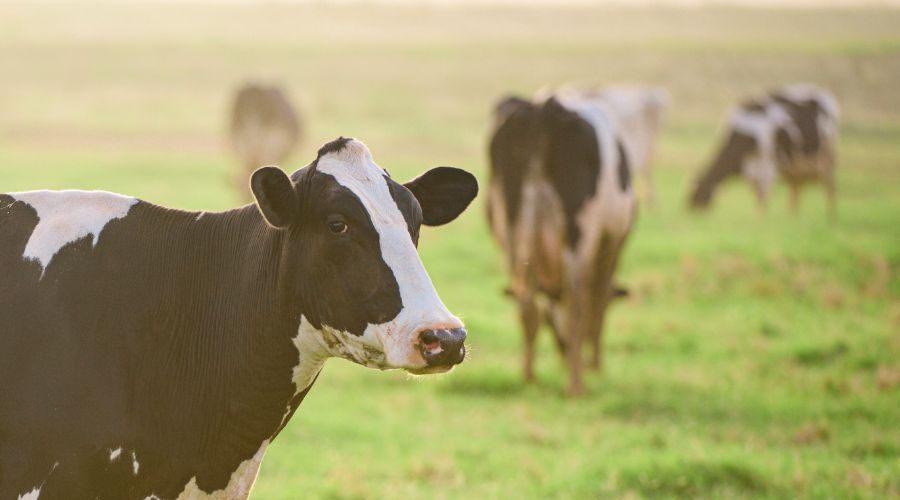Better allocation of responsibilities is key to improving livestock mobility
19th February 2025
Developing and empowering the wider farm team could be the foundation of improving mobility and foot health on many farms, according to Matt Dobbs, chair of the Stride Mobility Technical Board.

Speaking at the Innovation Hub at Dairy Tech, Mr Dobbs said the Stride survey carried out in 2024 revealed that responsibility for managing mobility is often poorly allocated, and this can reduce the rate of progress.
He explained: “We know that the incidence of poor mobility and compromised foot health remains stubbornly high in many herds. The Stride national survey clearly showed that an underlying contributory factor is the absence of clear accountability for managing mobility.
“The Stride survey highlighted that a wide range of people were often seen to be responsible for the management of foot health, which can be inefficient.
“It showed that it was not unusual for responsibility for foot health to be allocated to an external contractor who may not be best placed to assess all the factors impacting mobility and ensure the early identification and treatment of affected animals on a daily basis.”
Team responsible for driving improvement
The expert has also stressed that improving mobility is not an overnight fix and requires a sustained approach to deliver success.
“This begins with adopting a structured approach. Everyone in the team, including on-farm staff and external advisers and specialists, will have responsibilities. But a single person, preferably someone in the on-farm team, must be ultimately responsible for driving improvement,” he added.
Having decided who will have overall responsibility for managing mobility and foot health, Mr Dobbs stressed the importance of having a clear plan that is communicated to all involved with appropriate measurable targets.
The plan should be based on an assessment of current performance, identification of the specific causes of poor mobility and detail the agreed actions to take and records to be kept.
He has underlined the importance of training all members of the team as required, so everyone can make a valuable contribution to improving mobility. It is also vital that progress is communicated to the farm team and external experts including the foot trimmer, vet, consultant and nutritionist.
‘Measure: Manage: Monitor’
Finally, any mobility improvement programme needs an appropriate annual budget, funding the short-term needs and supporting the long-term improvements in buildings and technology to improve foot health.
“Once you addressed these areas, adopting a structured approach of ‘Measure: Manage: Monitor’ can provide the framework to achieve a sustained improvement in mobility and foot health.
“Taking a more structured approach to managing mobility could be the one single action that will initiate a sustained reduction in foot health issues, reducing the negative financial impact on the farm business.
“The start point must be a clear allocation of responsibilities and support for the person given the opportunity to improve mobility,” Mr Dobbs concluded.
Read more livestock news.
